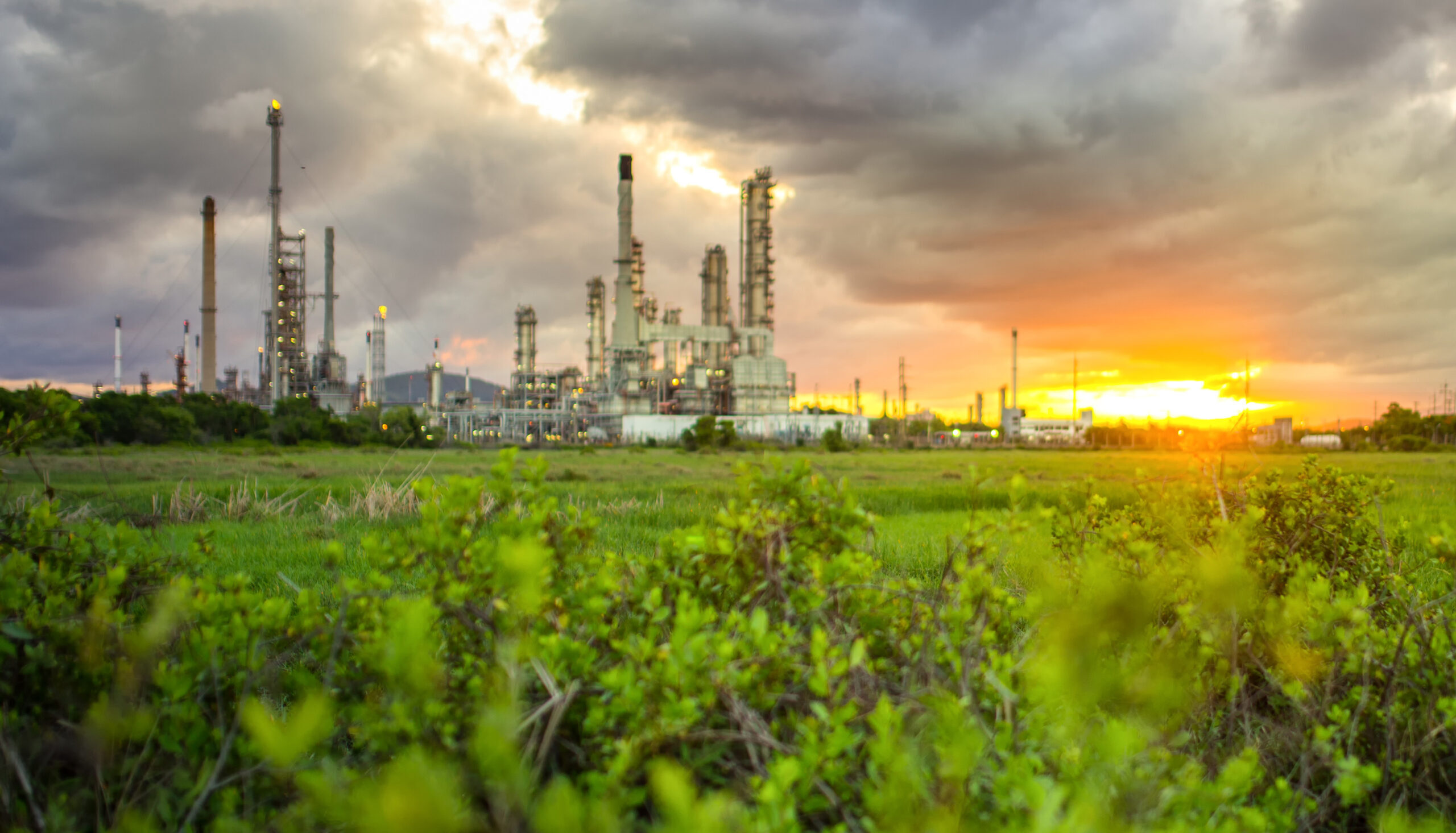My favorite things from sustainability and battery production from 2023 – Year-End-Review

As writers, podcast producers, and marketing managers for a wide number of experts at Siemens Digital Industries and Siemens Digital Industries Software, our team picks up a lot of small stories that don’t necessarily make it to all of our audience. Sometimes it is a generalized idea that found itself surrounded by industry-specific information, Other times it becomes lost in the wealth of knowledge we sift through with our subject matter experts. And some ideas/examples/stories are just too small to make sense on their own.
To wrap up 2023, here are some of my favorite topics from the past year:
Understanding batteries as we do internal combustion engines:
For The Battery Podcast, we got to sit down with Dr. Cecile Pera and talk about the big ideas, challenges, and workflows as OEMs electrify their vehicles. And part way through she provided an almost perfect encapsulation of why we have to move fast and iterate on these designs. We have had decades to find the edge cases of vehicle wear for internal combustion engine (ICE) vehicles and we are only just seeing enough of a sample group to begin this process for electric vehicles (EVs). And digital solutions will be critical in sorting through this data fast enough. Dr. Pera even provided an example of a company doing just that, by integrating AI data analysis into the battery management system vehicles can adapt to the driving habits of their owners to reduce the impact of harmful habits as they arise. But for the full story, you will want to check out part 1 and part two of our discussion.
Making logistics sustainable:
A lot of what we talk about when it comes to sustainability is design and production – these are core competencies internally. But logistics is set to make waves when it comes to delivering a product sustainably to the customer. Smart folks here at Siemens are helping to establish a framework, not just for how we talk about the effects of intra- and inter-logistics, but how to optimize these often complex networks with the right data sets. In globalized economies, the real impact of transportation and logistics is often hard to full understand because there are so many different parties interacting with a product during its life from raw material extraction to disposal by the customer. Providing accurate and reliable data on these processes requires building out strong partnerships around the world, ensuring your suppliers have the best information available. And the tools to work with this kind of information available today are getting better and augmentations are constantly in the works.
80 percent is determine in design:
If you have seen anything written about sustainability in the last year for Siemens Digital Industries Software you have probably seen this metric – 80 percent of a products environmental impact is determined in design. It is prevalent because it is important, but not because of the actual percentage. This concept of total impact being determined in design covers every metric a business looks at when defining the success of a product. Early decisions lock you into specific manufacturing processes, material choices, suppliers, and much more because of what is possible and available. The solution is to simulate and evaluate as many of the possible decision paths as is feasible in early design processes. When building a lightweight part you might choose aluminum – it is strong-enough, light-weight, and easily remanufactured from recycled material. But in certain applications it might not have the right wear characteristics requiring earlier replacement. But that is only one decision in the chain. If you opt for earlier replacement you need to design the product from easier repair to make it a better proposition to the customer. That 80 percent of impact spans every phase of a product, from limited manufacturing options to the distance parts need to travel and it is important to understand that going into complex product design.
Work in our sister companies:
The Siemens brand spans many different industries and products, but our team doesn’t always get to talk about what they are doing. Siemens Energy is continuing to work away at making the energy transition possible with their work on large-scale wind turbines and dual-fuel combustion turbines. For the former, they are expanding their use of additive manufacturing not only make the structure more efficient during rotation, but they are working on AM as a form of component repair – clean up a worn part and re-print directly onto the structure. Dual-fuel turbines are another really cool development, they are designing combustion turbines that can transition to hydrogen as a replacement for natural gas. While it is a bet on the viability of hydrogen as an energy storage medium, if the market adopts it these turbines will be ready to transition operations almost immediately.
Another year of accelerating innovation:
Next year is sure to hold even more interesting developments among our partners, customers, and sister organization, I see agriculture as a big topic for the year, but until then you can always check out our team’s other works right here on the Thought Leadership blog. And if you are interested in other year-end reviews for other topics and industries you might check out these resources from the rest of the team. Thank you and we look forward to seeing you in 2024!
The year in AI by Spencer Acain
A look at industrial machinery with Blake Snodgrass
What took off in aerospace with Quinn Foster
A look at the automotive market by Coner Peick


